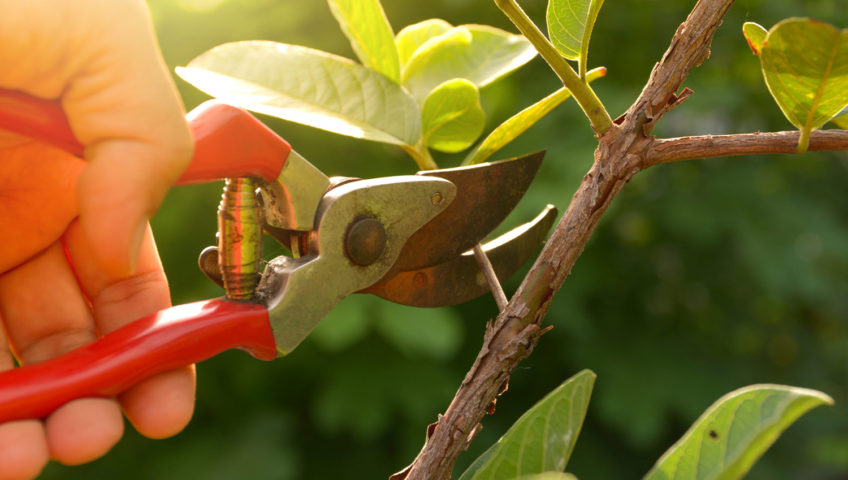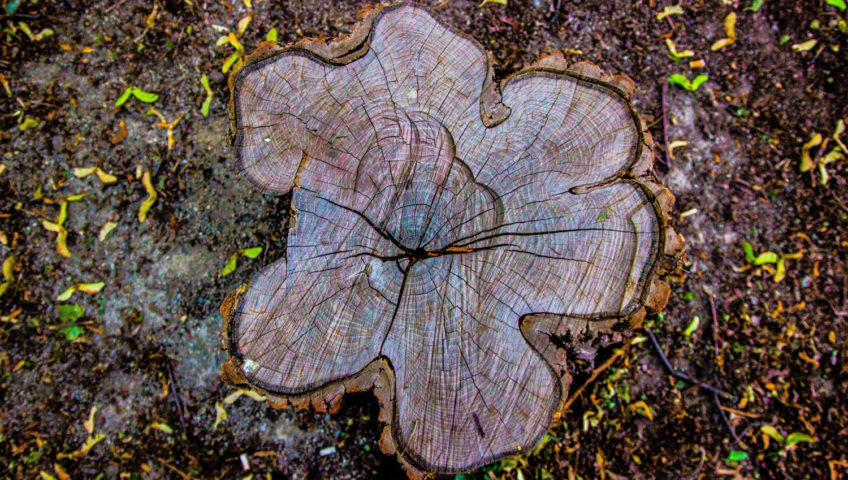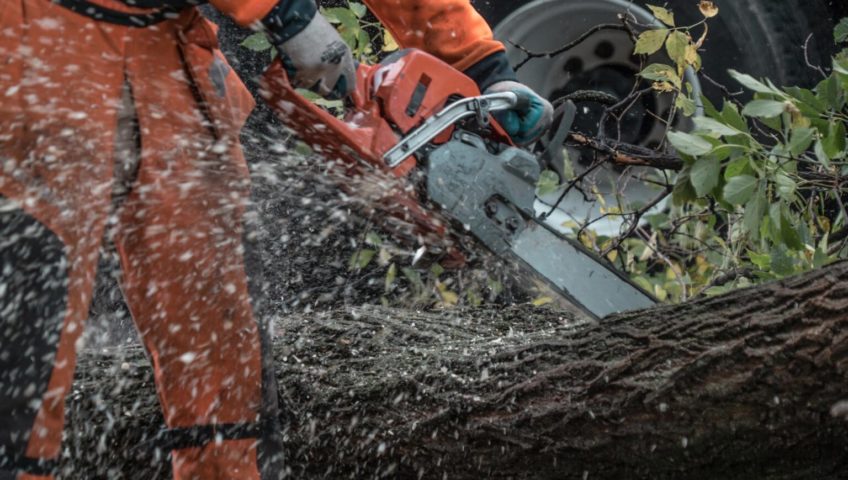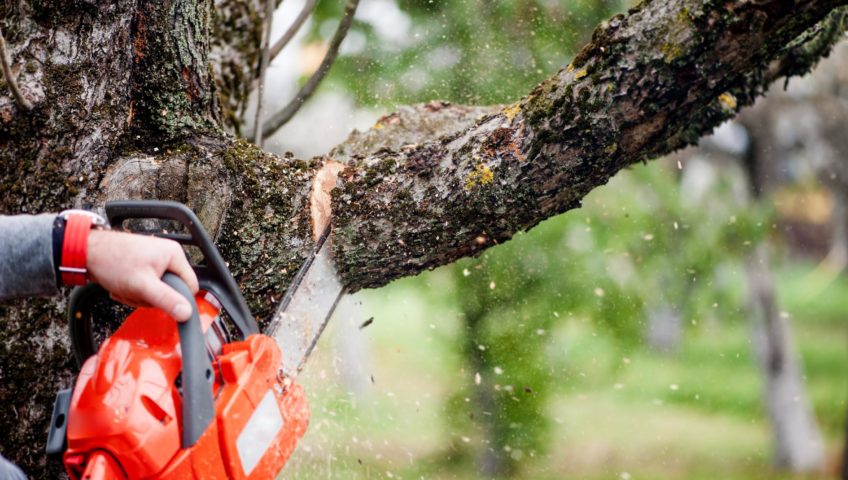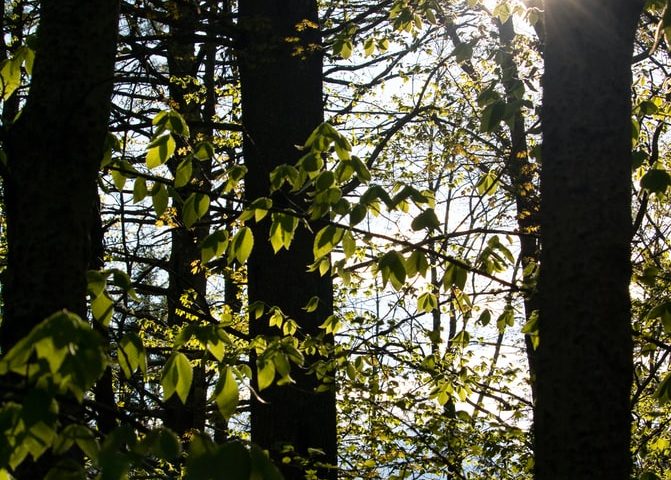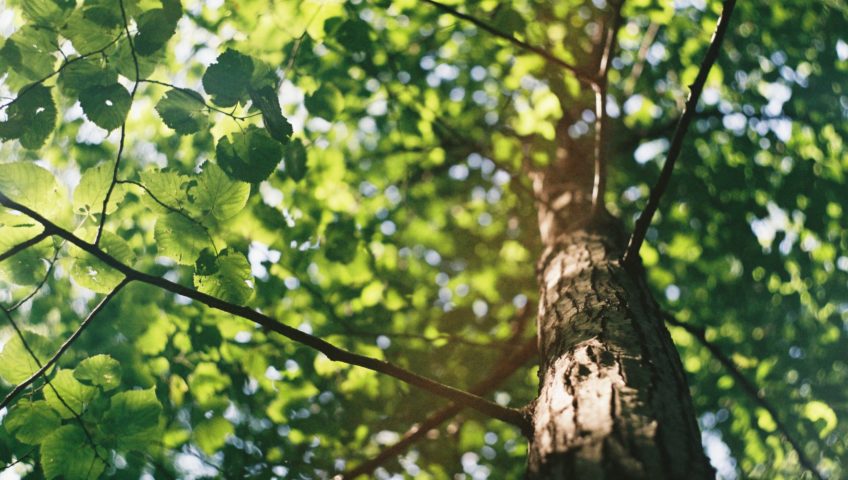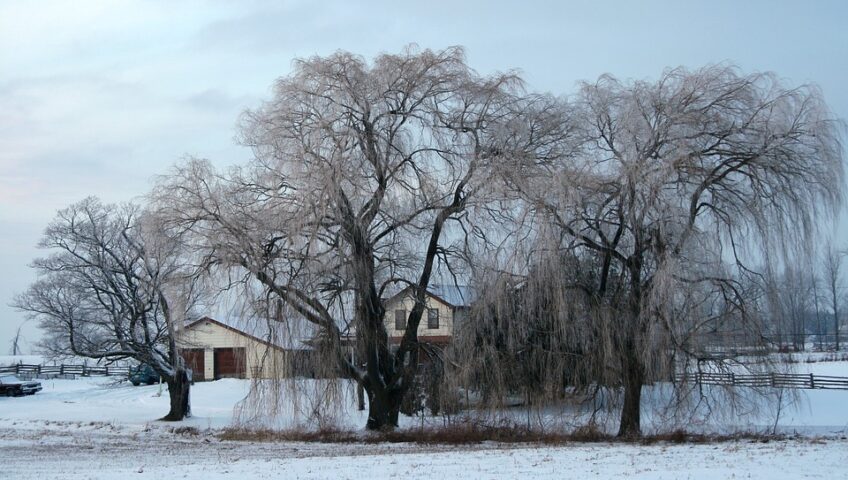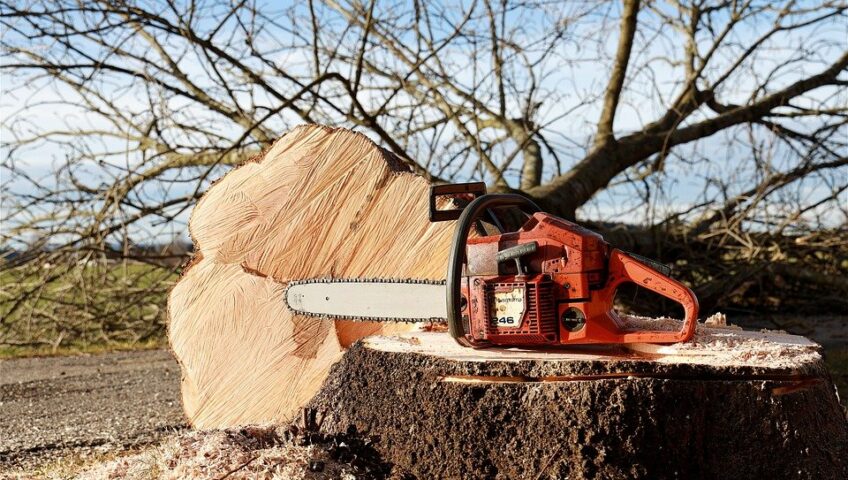Minnesota is home to many beautiful species of trees. From the northern forests to the southern plains, there are 53 species of trees that are native to Minnesota. If you live in a suburban or rural area, you probably have several different species of trees living on and around your property, and if you want to keep them beautiful, it’s important to take steps to maintain their health.


